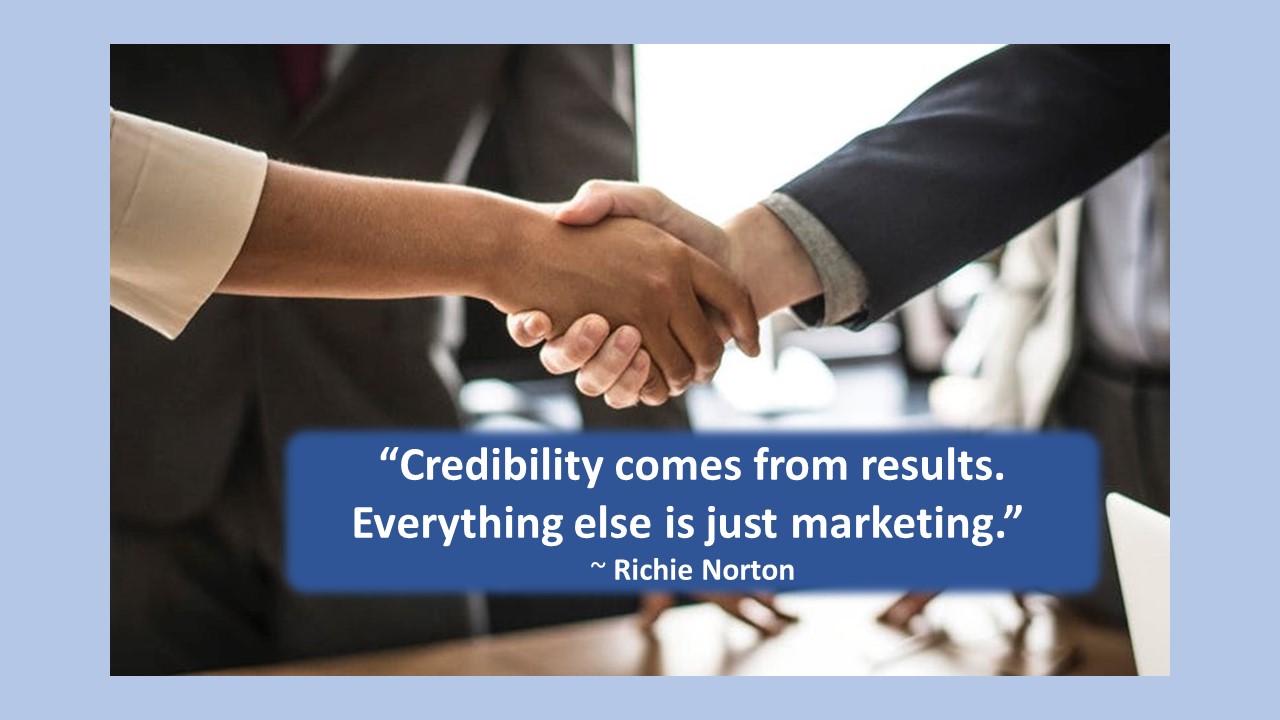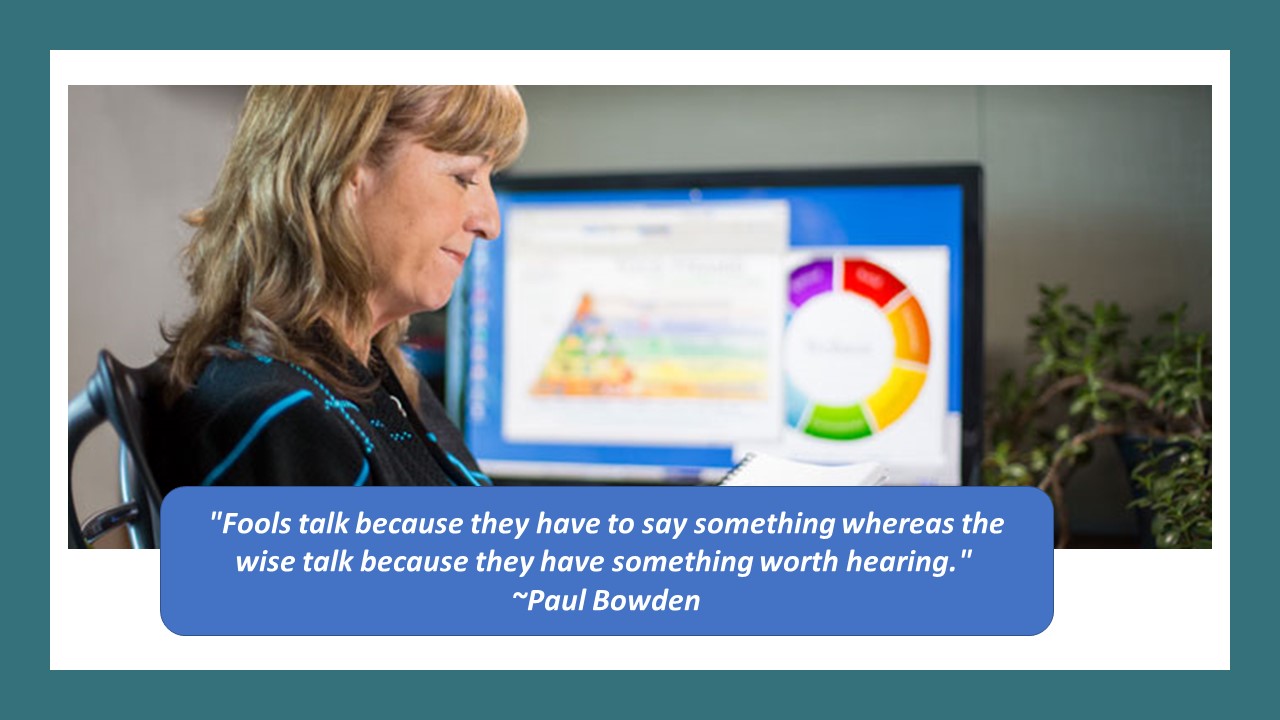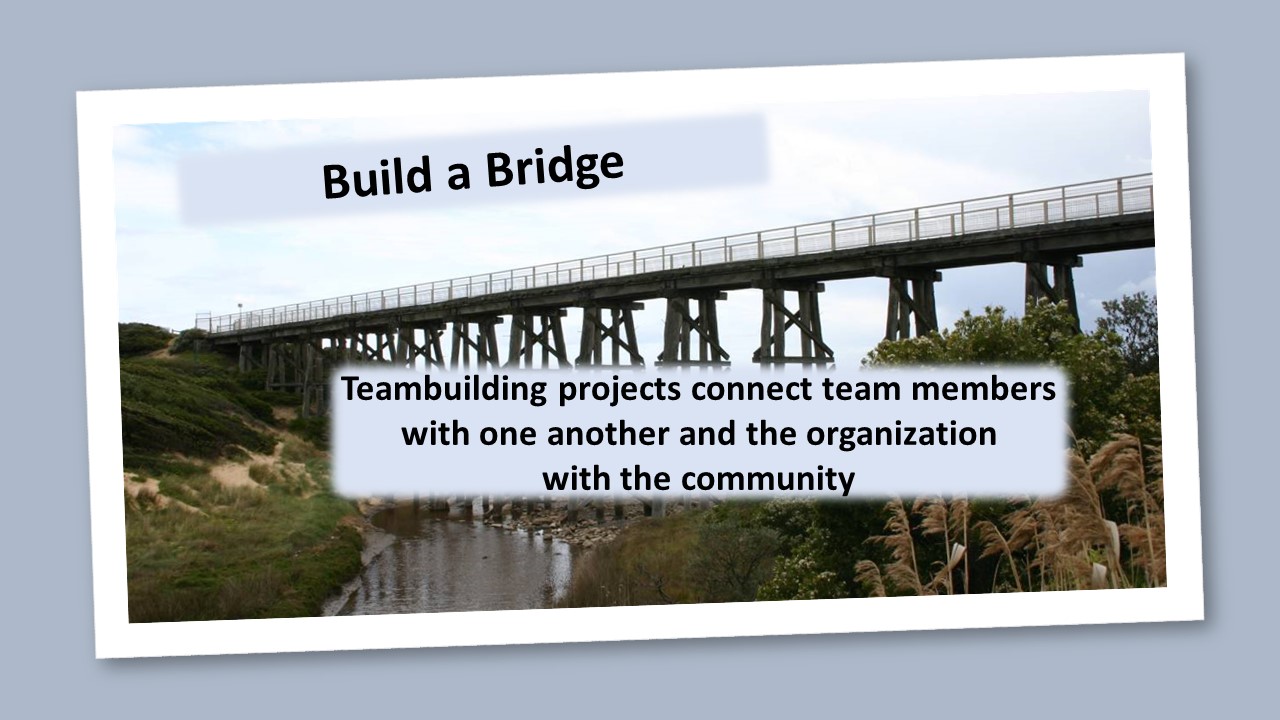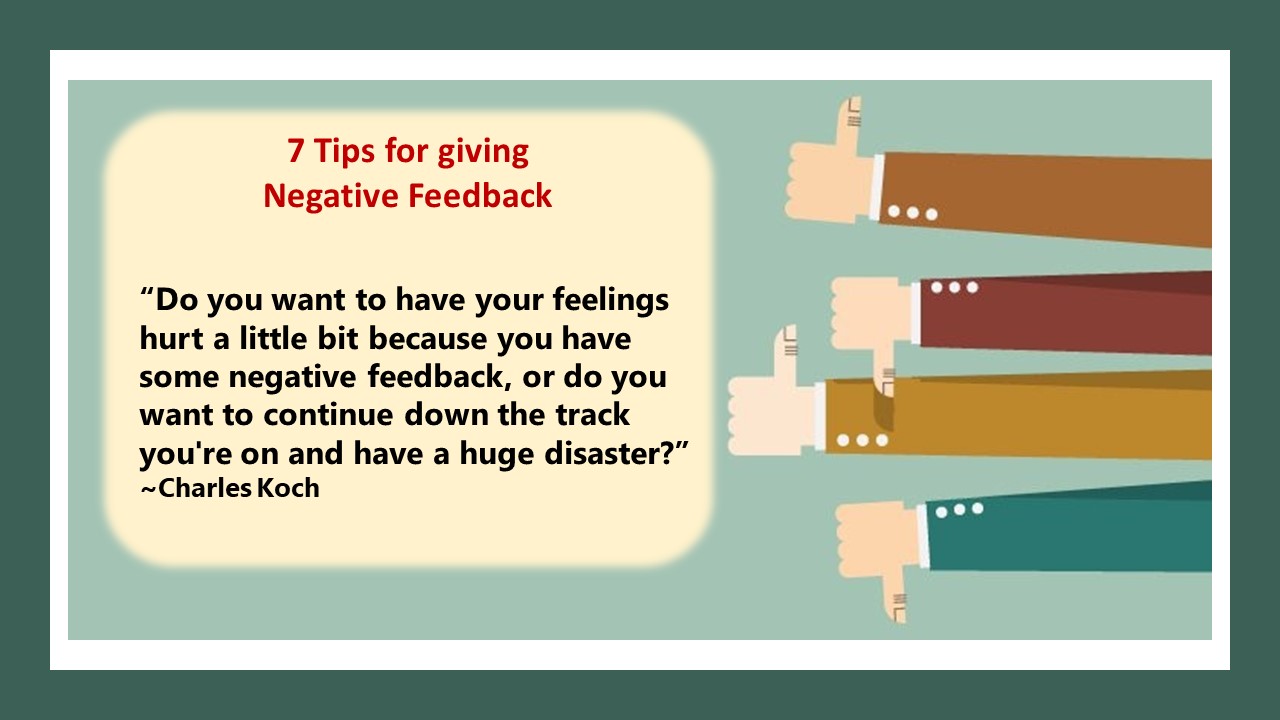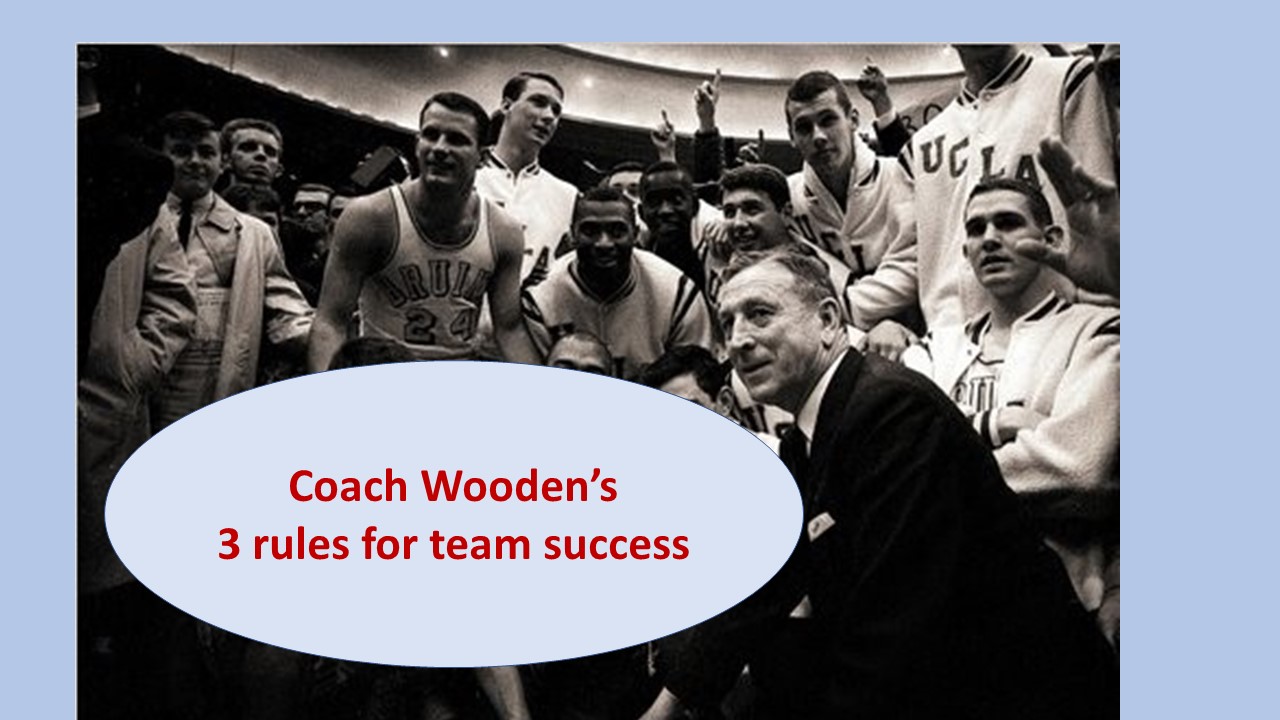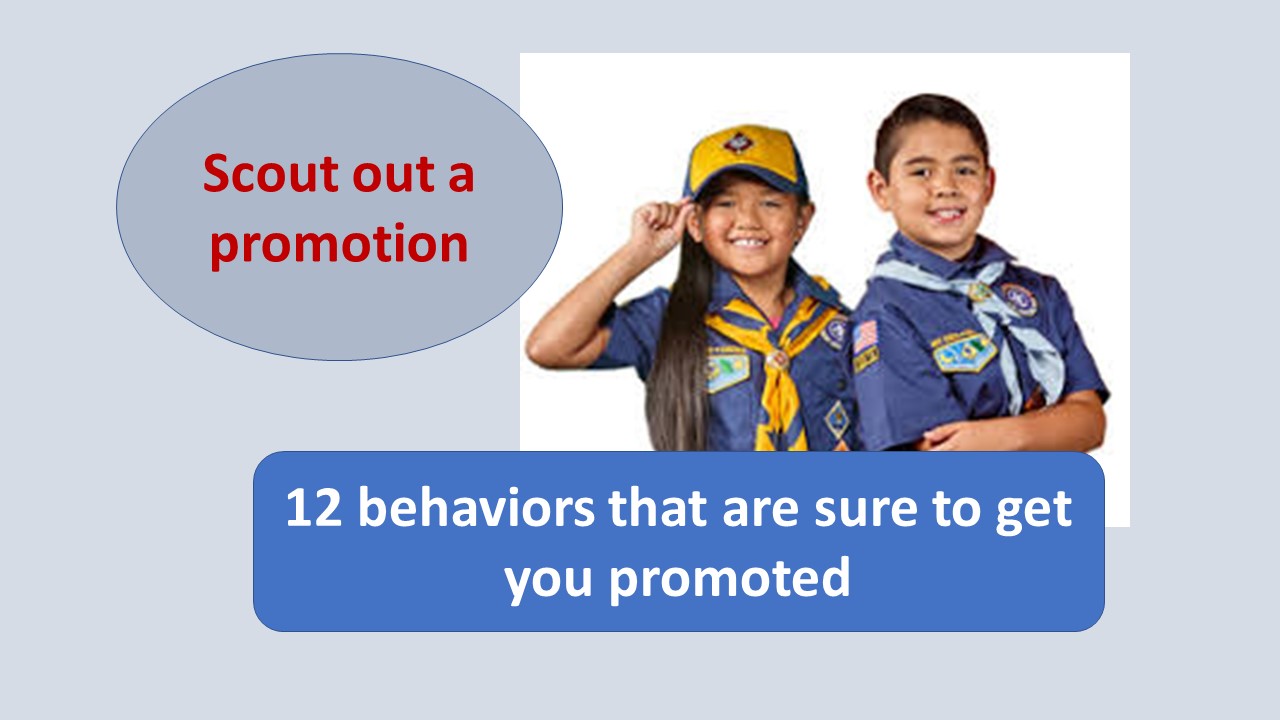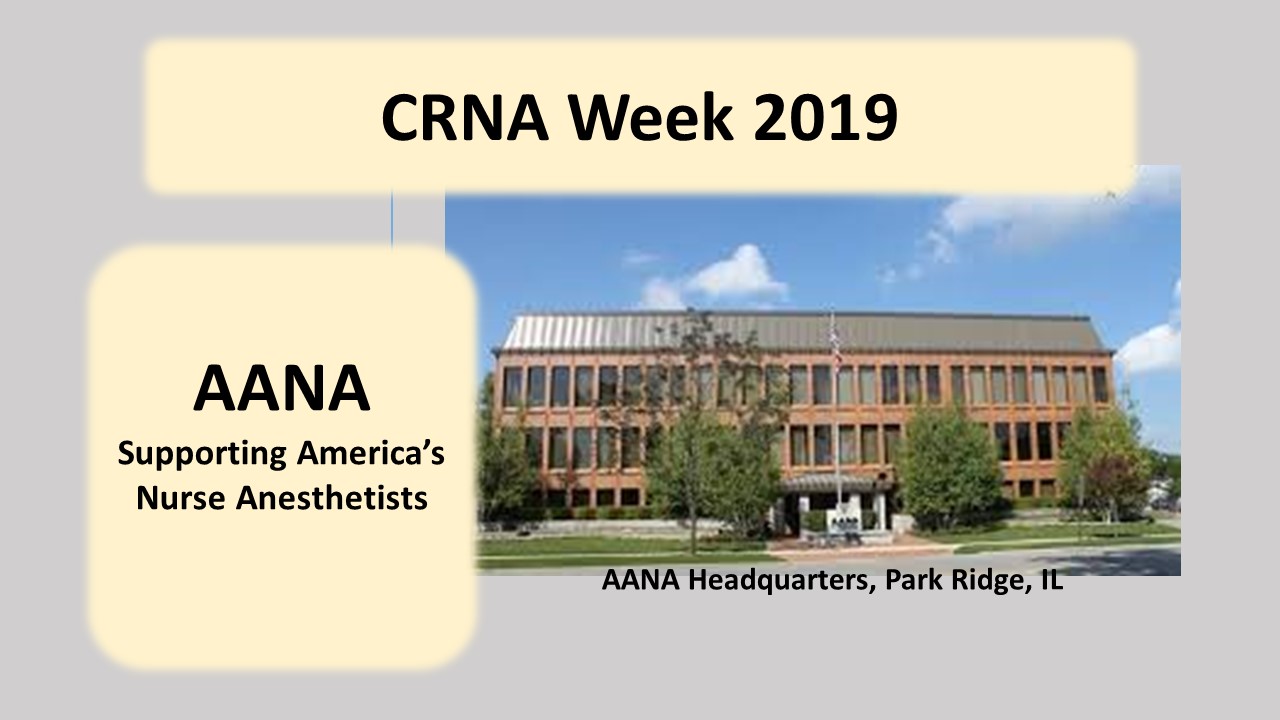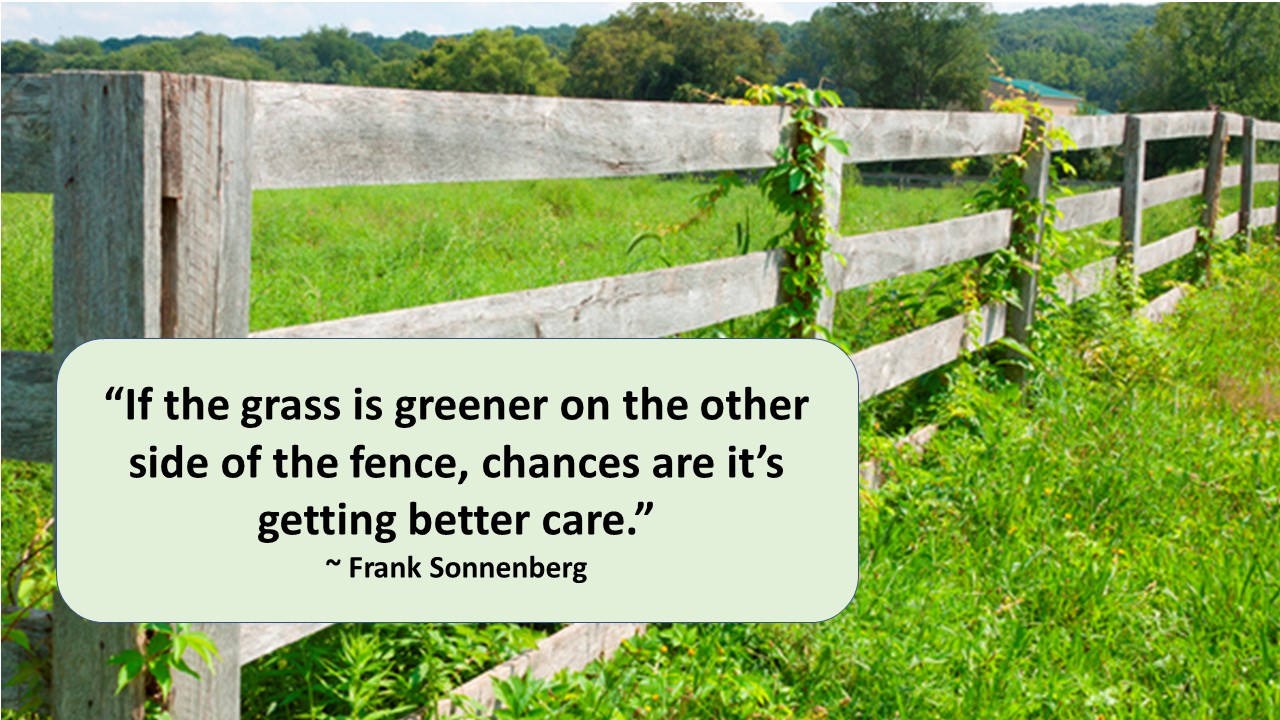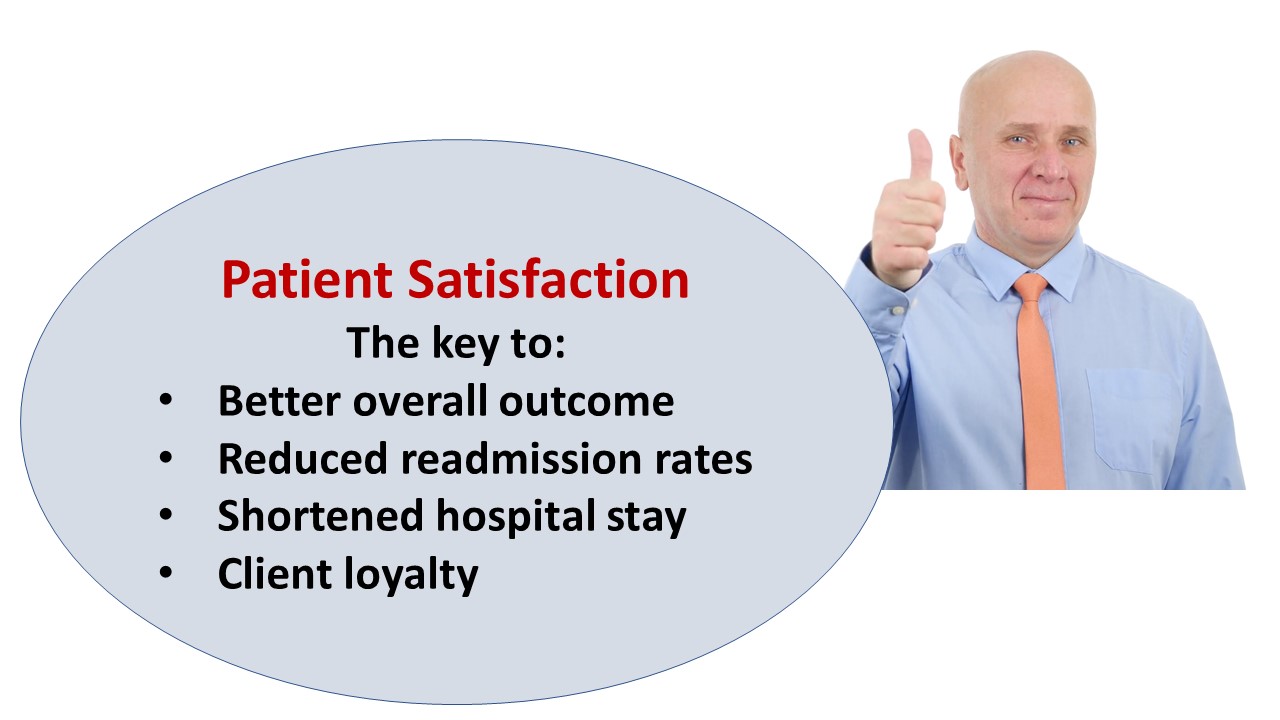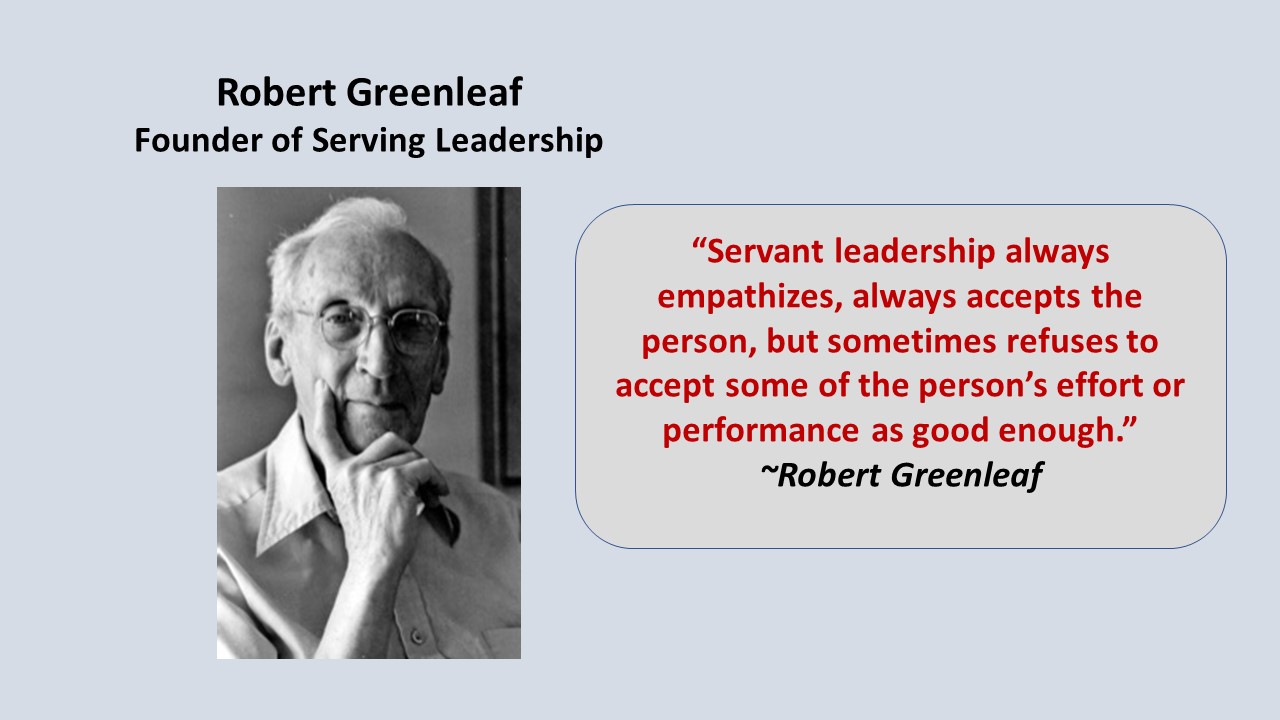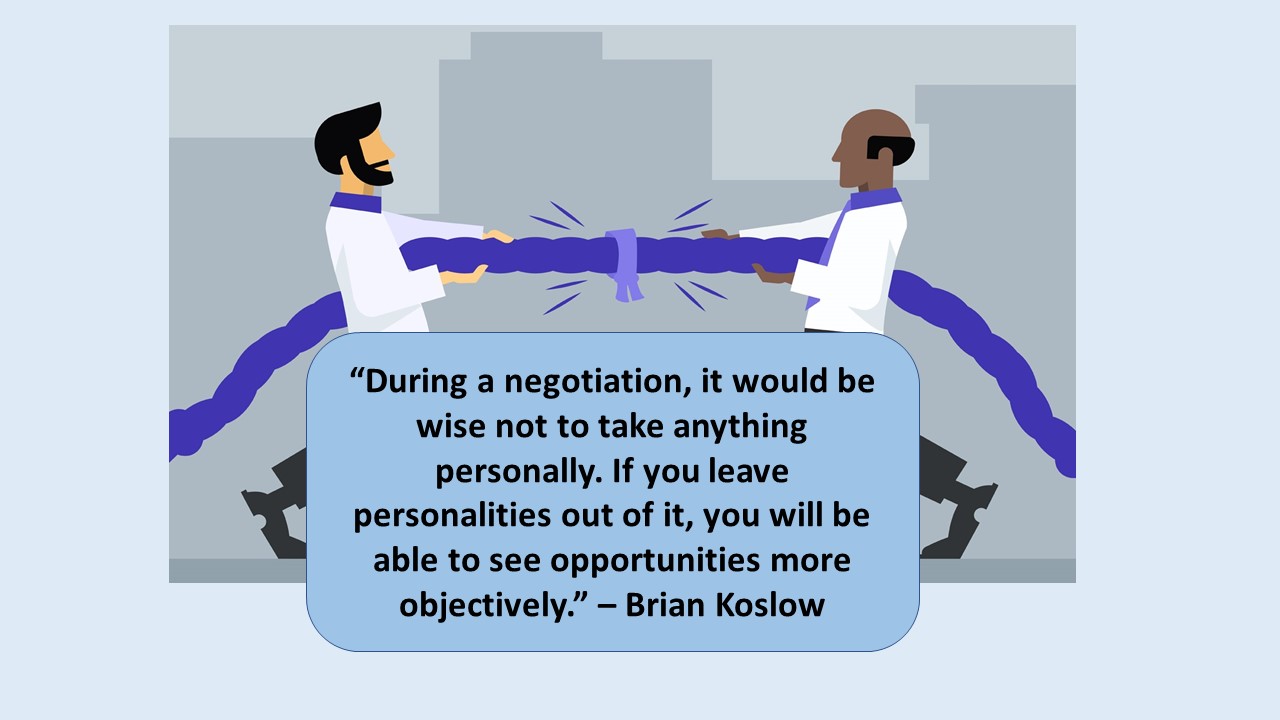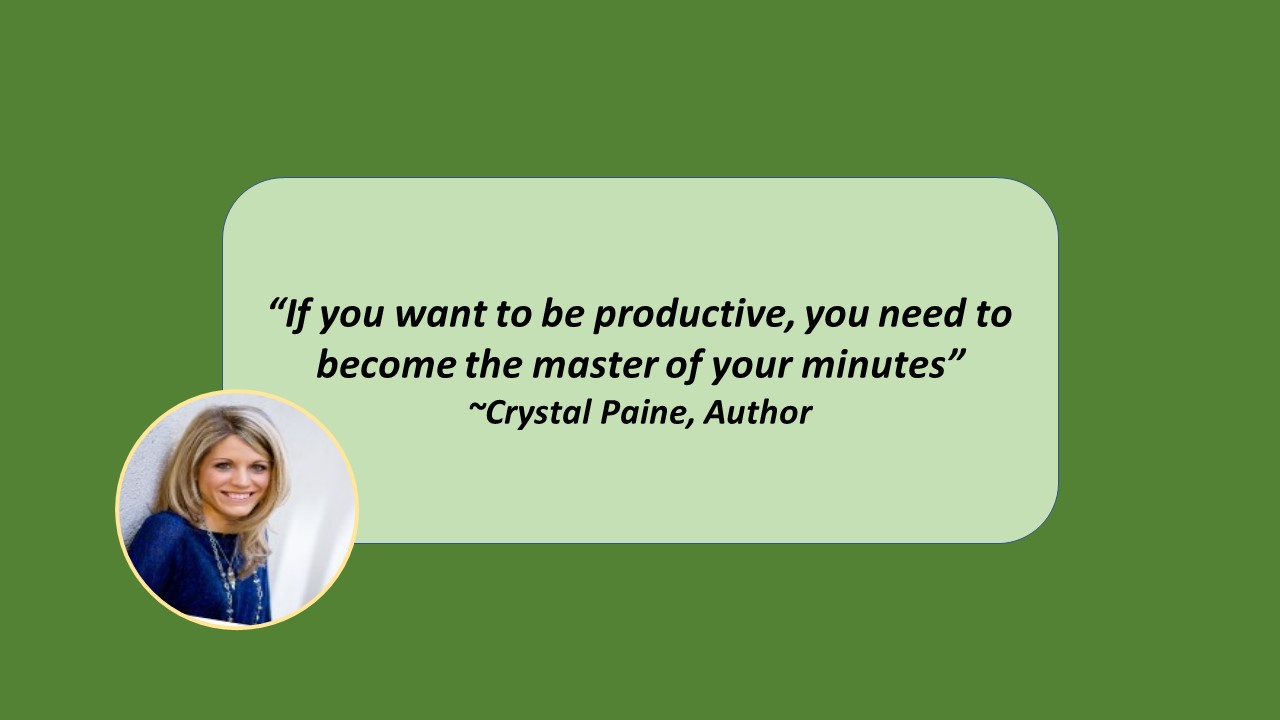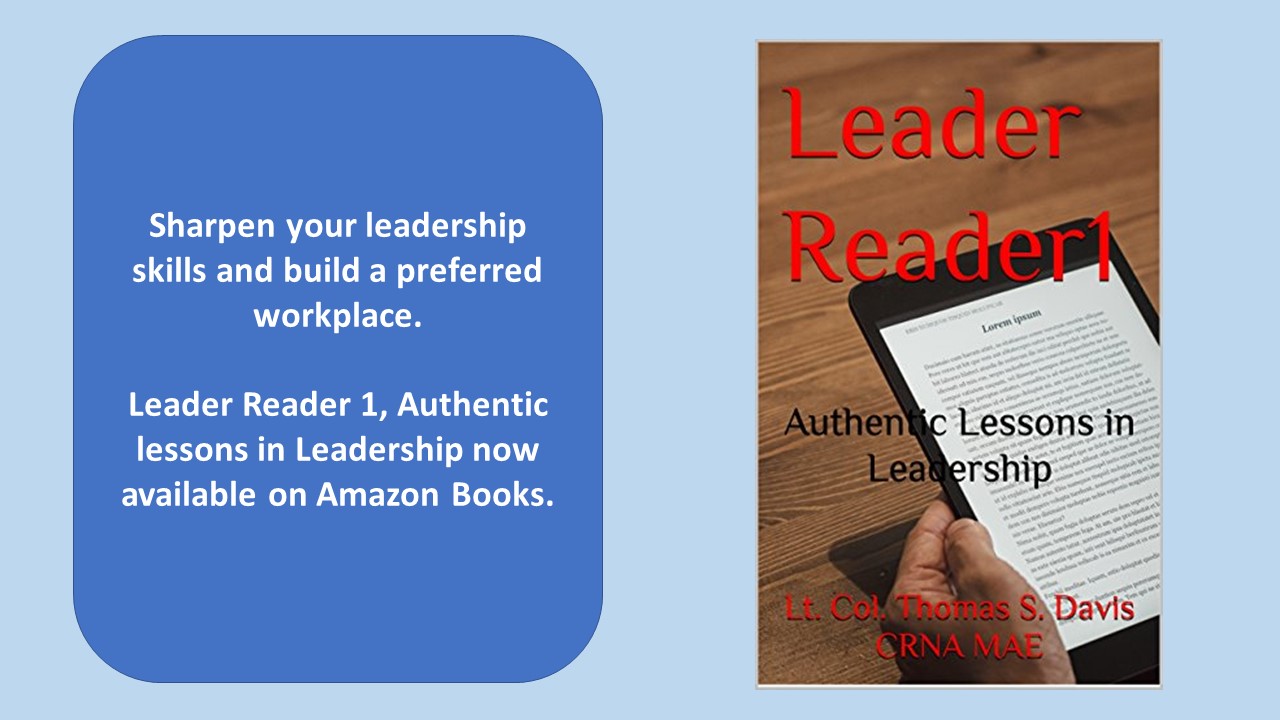By Thomas Davis, CRNA, MAE, DNAP candidate
Follow @procrnatom on twitter
Would you have faith in the information that you received from a person for whom you had little respect and trust? Even if you gave the person the benefit of doubt, you would be likely to view the information with skepticism and validate the report before fully it. That is because respect and trust go to the heart and soul of being believed. Whether you are starting to climb the professional ladder, or reaching down to assist others with their ascent, when you’re dealing with others, your personal credibility will either enhance or kill the results you achieve.
Business is conducted at the speed of relationships and credibility is the gatekeeper that will makes or breaks the deal. Forbes.com contributor, Victor Lipman, reinforces the notion that credibility puts spurs to the process of making a deal. For example, at one point, Warren Buffett’s company sought to make a 23 billion-dollar deal that normally would take months, or even years, for lawyers to complete. Based on the personal credibility established during previous deals between Mr. Buffett and his counterpart, both parties felt secure that the other was working honestly and in good faith. As a result, the monumental deal was completed in a few short months.
In the movie The legend of Bagger Vance, Rannulph Junuh, played by Matt Damon, is the local favorite locked head to head in competition with the two greatest golfers in the world. Having trailed for much of the match and now tied with the pros, Junnuh hits a ball into the rough. “He has a chance to win the match on the final hole but has the integrity to call a penalty on himself when his ball moves after he tries to remove a loose impediment.” (wikipedia). A young boy and eager fan implores him not obey the mandate, saying, “But nobody saw it move.” Junnuh replies, “I saw it.” Honesty and integrity provide credibility, and Rannulph Junnuh had both. Sometimes personal integrity leads to an immediate loss, but it always creates a long-term winner. You will have to watch for yourself to see who finally wins the match; however, the young golfer’s high ethical standards set a precedent that would build a foundation for honest dealing beyond the golf links.
Follow the example from Bagger Vance and build relationships like those of Mr. Buffett by focusing on behavior to boost your credibility. Incorporate the following behaviors into all your interactions and establish yourself as an honorable trusted person in all that you do.
Be honest. The call for honesty appears so often in self-help articles that it is almost a meaningless cliché; however, without honesty there can be no trust and without trust, there is no credibility. A retired used car salesman whom I’ll refer to as Pompous Patient, told me, “If a used car salesman told the truth, he would never sell a car.” Do you want to do any kind of business with a person who is a professional liar? In your leadership transactions, move beyond mostly honest and establish a goal of totally honest. Admit your mistakes and assess yourself a penalty when needed. Total honesty also involves refusing to turn a blind eye and proactively holding those around you responsible for following established standards.
Deliver results. It’s easy to volunteer and say yes when someone is needed to tackle a project; however, saying yes puts your integrity on the line. Credibility is established when the task comes to fruition in a timely manner and achieves the desired outcome. Protect your reliability by refraining from over-promising and treat all tasks, large or small, as opportunities to deliver results. When you agree to perform, keep your word and deliver.
Be transparent. Credible people have the courage to share information, both good and bad, to those who have a need to know. Trying to shield those around you from bad news is a losing proposition. When you’re the messenger of bad news, put it into context by discussing the reasons behind the decision. Eventually, people always learn the truth and if you have not been forthright, they will have good reason to doubt you in the future.
Be consistent. Human beings, including your colleagues, thrive on routine and are more relaxed and trusting when the behavior around them is predictable. By making certain that policies, procedures and rules are known by all and equitably applied, predictability is reinforced. When administering discipline is required, it must be appropriate for the offense and be meted out evenly to every offender.
Be principled. Situations change but guiding principles remain constant. What are the principles that you stand for and guide your deciaion-making? If you need your consciousness raised, go to jamesclear.com to review a list of values, select 5, and practice, practice, practice. Your credibility is enhanced when others observe that consistent, principled behavior is who you are and not just something you do.
Lead by example. Imagine yourself with impeccable credibility and then be the person you visualize. It’s easy to want or intend to be honest, trusted and credible, however intentions do not change reality. Personal credibility can only be present when people know your integrity not by what you say, but by what you do. Your behavior is being observed and will determine the reputation that you create for yourself.
Credibility is a visualized, rehearsed, observed, taught, role-modeled behavior that, lucky for leaders, can be learned. It is often said that we are who we are when no one else is watching. If you consistently set high standards for yourself no matter who’s in the audience, you will earn the reputation of a straight-shooter with whom people want to do business. You will garner respect and trust, the key components of credibility.
Tom is a noted author, speaker and team builder
